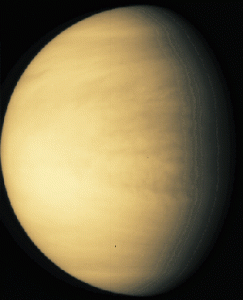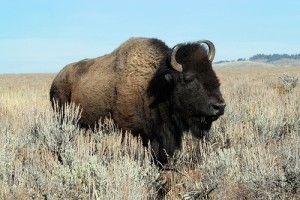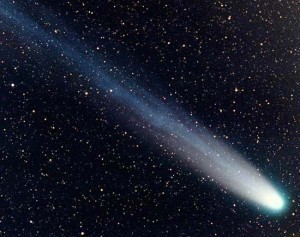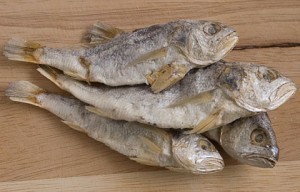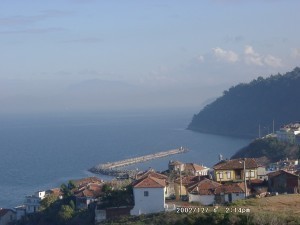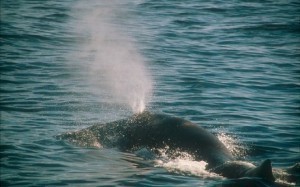Sponge Sizes
Not to be confused with the type of sponge used for cleaning 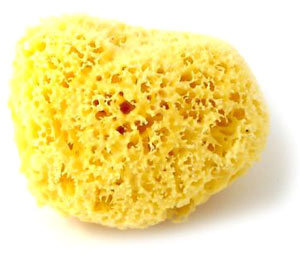 (though some are also used for this purpose), sea Sponges are jelly-like marine animals belonging to the phylum Porifera. They come in 3 body forms; the first, the tube-shaped asconoid, is the simplest structure, which rarely exceeds a diameter of 1 mm (0.039 in). The second, syconid, has a pleated body wall, and the third, leuconid, grows to a length of more than 1 m (3.3 ft).
(though some are also used for this purpose), sea Sponges are jelly-like marine animals belonging to the phylum Porifera. They come in 3 body forms; the first, the tube-shaped asconoid, is the simplest structure, which rarely exceeds a diameter of 1 mm (0.039 in). The second, syconid, has a pleated body wall, and the third, leuconid, grows to a length of more than 1 m (3.3 ft).
Sponges are categorized into 3 classes. The calcareous sponges of the Calcarea class comprise 400 of the more-or-less 15,000 existing sponge species. This class is divided into 2 subclasses: subclass Calcinea, comprised of the orders Clathrinida, Leucettida and Murrayonida, and subclass Calcaronea, comprised of orders Baerida, Leucosolenida, Lithonida and Sycettida. All Calcarean specimens are explicitly marine dwellers, and although they are circulated throughout the world, they are mostly located in shallow and tropical oceans at depths of less than 100 m (330 ft).
Calcarean sponges come at a height of no more than 10 cm (3.9 in). They have a single nucleus cell type with a single external membrane. Among their distinguishing characteristics are their spicules which are made from calcium carbonate in calcite or aragonite form, and come in either individual or large masses. Most sponge species usually have 3 pointed-spicules, while others possess either 2 or 4 points. Calcareans normally have a drab color, but there are a few species that come in bright colors. They commonly have massive exoskeletons made of calcite, and all 3 sponge body structures, asconoid, synconoid and leuconoid, are represented in this class.
The second sponge class is Hexactinellida, also known as glass sponges. It is divided into 2 subclasses, with the first one, Amphidiscophora, having only one order, Amphidiscosida. The second subclass, Hexasterophora, is made up of the orders Aulocalycoida, Hexactinosa, Lychniscosa, and Lyssacinosa. Glass sponges are distributed in oceans worldwide, at depths from 450-900 m (1,480-3,000 ft), but are mainly found in the waters of the Antarctic.
Glass sponges have an essentially cup-shaped appearance, and range in size from 10-30 cm (3.9-12 in). Their spicules are made of the protein silica, and are either individual or fused. The cell type of all Hexactinellid species is mostly syncytia, and they have a leuconoid body form. Glass sponges have the unique ability to rapidly conduct electrical impulses across their bodies, enabling them to quickly respond to outside stimuli. They can also survive for very long periods of time; although the exact age is difficult to determine. One specimen was estimated to have lived 23,000 years.
The third and largest class of sponge is Demospongiae, which includes 90% of all sponge species and has been classified into 14 orders comprising 88 families, 500 genera and over 8,000 species. This massive class has been divided into 3 subclasses: Homoscleromorpha, Tetractinomorpha and Ceractinomorpha. Demosponges are mostly marine species and live in both brackish and freshwater environments, with some species (including a carnivorous one) living at depths of 8,840 m (5.49 m).
Demosponges come in a range of body shapes and sizes, the largest measuring more than 1 m (3.3 ft). They have skeletons consisting of spicules made of either or both silica or the protein spongin. Like sponges of the class Calcarea, the cell type of those of the class Demospongiae is single nucleus with a single external membrane. They have a leuconoid body structure and a few species come in bright colors. Demosponges are able to reproduce both sexually and asexually. They are also grown and harvested commercially, and marketed for use as bath sponges.
